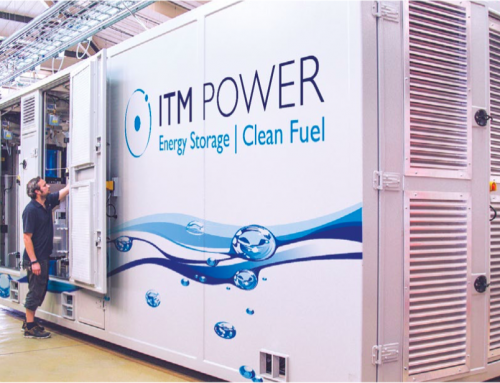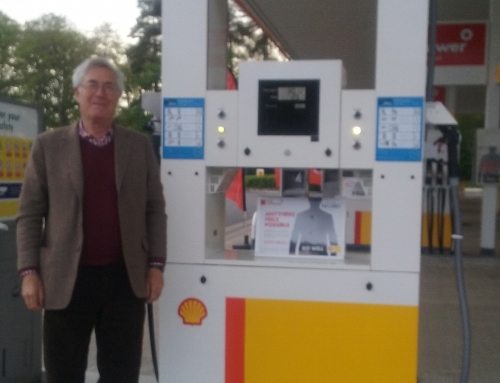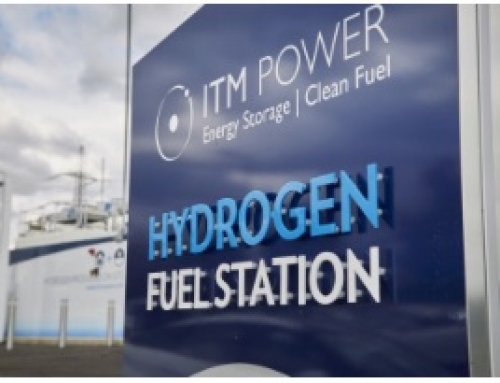On Tuesday 11 October, ITM Power formally opened its third hydrogen refuelling facility. It is the first of its kind, using solar energy from a PV array to make renewable hydrogen on-site. Like the two stations opened earlier in Sheffield and Teddington, this is a specialised facility, at the Centre of Engineering Manufacturing Excellence (CEME) at Rainham, Essex. But the next two facilities will be on Shell forecourts and the plan is to have a network of sixty commercial refuelling centres by 2020.
What does this plan tell us about the future and the part ITM might play in it?
First of all, this is a future based upon the widespread introduction of low if not zero emission vehicles, for which a network of refuelling centres is a sine qua non. Hydrogen is used for fuel cell cars where the only emission is water. A tiny number of hydrogen refuelling prototypes, like the CEME facility just opened, are part of the pan European HyFive project, funded by the European Fuel Cell and Hydrogen Joint Undertaking and the British Office of Low Emission Vehicles. But a commercial network presupposes commercial funding .
Some will see this as a classic “chicken and egg” situation:- no cars without refuelling stations, no refuelling stations without cars. So it is interesting to note that alongside the development of a fledgling hydrogen refuelling network in the UK, a zero-emission hydrogen car, the Mirai, was introduced to the UK commercial market by Toyota in 2016 (some time after its initial launch in the US and in Germany.) Admittedly the Mirai retails at over £60,000, but that price is perhaps comparable with the price of the first luxury electric cars offered by Tesla Motors, reliant on a battery-based technology.
Refuelling the Mirai takes two or three minutes, so comparable with the time it now takes to fill up with petrol or diesel and much quicker than battery-powered cars. Equally important is the fact that the claimed range of several hundred miles should resolve the problems with “range anxiety” which so bedevilled early electric cars.
So how does ITM fit into this picture? It has the technology with the potential to become the cornerstones of a future hydrogen economy based on ‘green’ hydrogen. For ITM is involved in the production of hydrogen fuel as a viable alternative to hydrocarbons for vehicles and its’ water electrolysis technology converts excess variable power into electricity.
The key question is, as usual, how does all this work financially/commercially. ITM Power was first listed on AIM in June 2004 and raised initial funding of £10m gross at that time. Further funding rounds of £28.5m in 2006, £5.4m in 2012, £2m in 2013 and £10m in 2014 have been completed. The company received £4.9m as a strategic investment from JCB in March 2015. The Group currently has £16.55m of projects under contract and £2.14m of contracts in the final stages of negotiation. But it has yet to turn a profit.
The latest Accounts for the year ending 30 April 2016 show a loss from operations of £4.359 million (2015 a loss of £5.723m) and a cash balance of £3.336 million (2015 £6.576m). That is as you might expect at this stage of a developing technology in a new market. On a more positive note the share price on 6 April 2016 was 11p. It is now 22p. Let us hope that the market is right.





